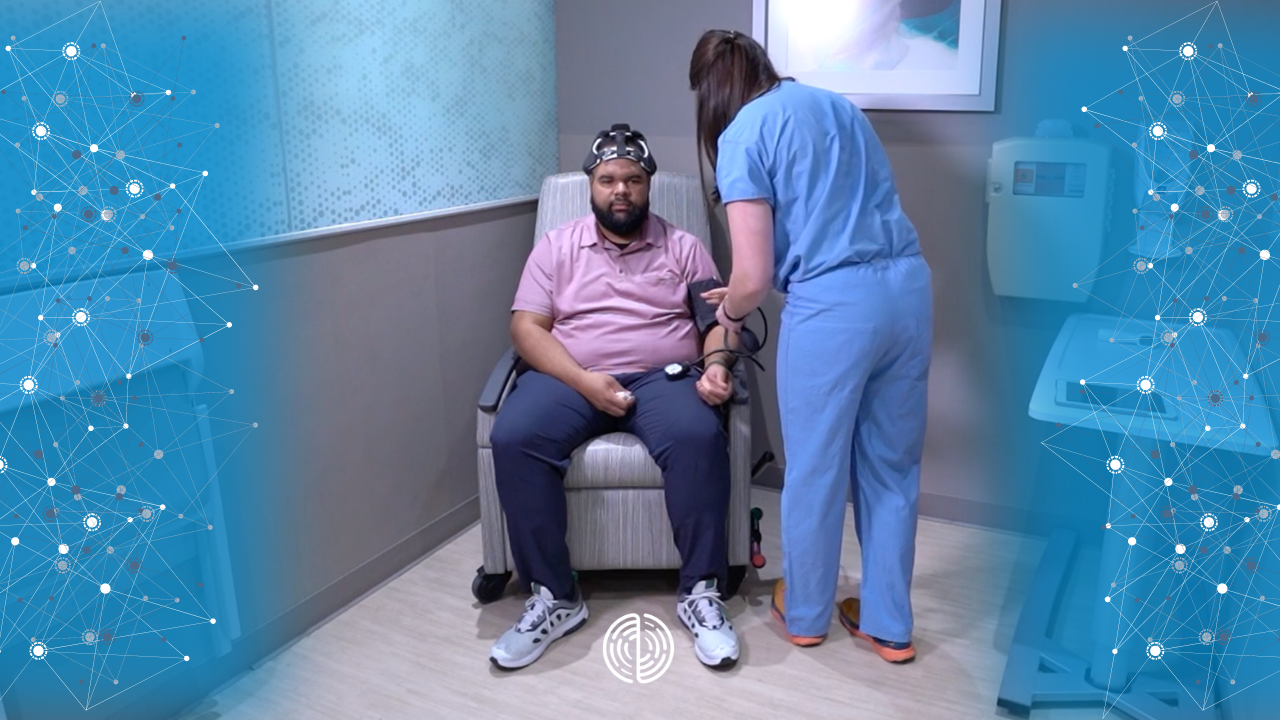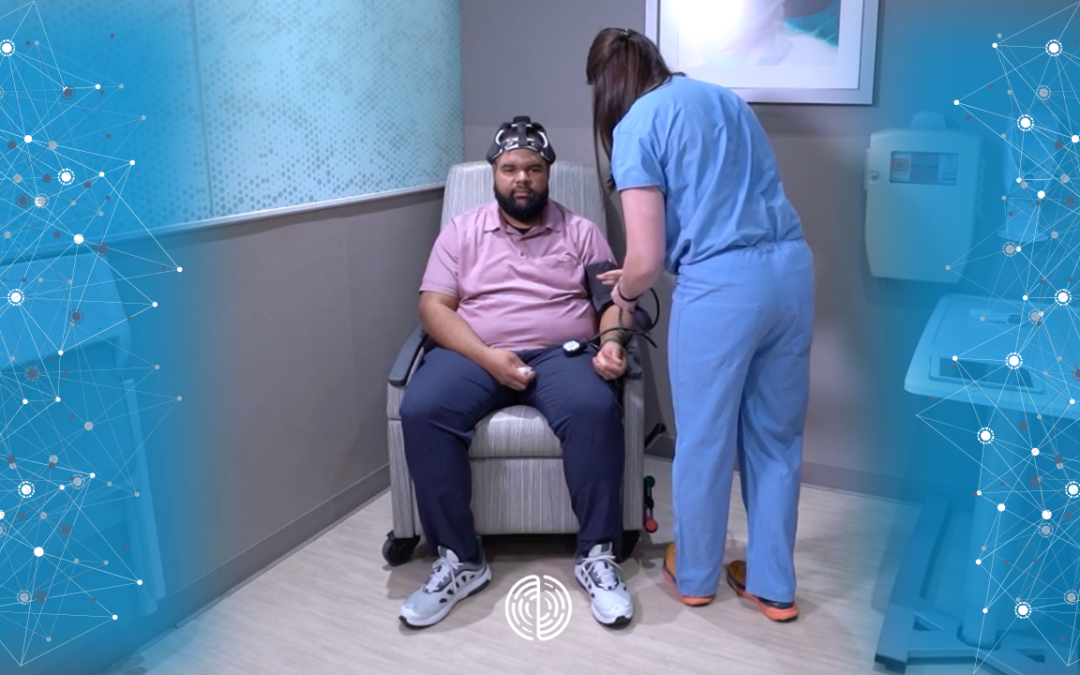
Strokes and the Effects on Underserved Communities
Strokes have debilitating effects on the people who experience them and their surrounding family and friends. 15 million people suffer from a stroke every year and the hour after experiencing the symptoms can mean the difference between swallowing on their own or relearning how to do everything.
But for some communities, getting to a hospital with a focus on stroke care can be difficult, or seemingly downright impossible. Studies show hospitals serving Black and Hispanic communities have fewer resources. Sense Neuro Diagnostics is dedicated to lessening the divide in quality of care. Read on to discover how certain communities are falling between the cracks of stroke care and how Sense is developing technology to close them.
Race
The biggest factor when it comes to strokes and treatment is race. Even in studies focusing on urban vs. rural hospitals and higher education, race is still an overarching factor when looking at detection and treatment of stroke.
In fact, multiple studies, like this one from 2022 or this one from 2020, found hospitals serving Black and Hispanic communities have fewer resources than hospitals serving other ethnicities. Going further, the numbers show minorities have a higher stroke risk and worse outcomes than white populations.
An increased cost per capita means many in this community are not getting the proper care they need to make a recovery. This is where Sense Neuro can help. Sense is developing non-invasive, low-cost headsets to get technology that can save brain cells in ambulances and at hospitals so health professionals have the answers they need within five minutes without worrying about inflated costs. Plus, the answers come at the press of a button with a simple-to-use device that EMTs and triage nurses can easily transport and operate.
Socio-Economic Status
Getting treatment at a hospital certified as a stroke center is the ideal scenario when receiving treatment. But, getting to the proper hospital can be a challenge especially when hospitals are more likely to adopt stroke certification in high-income urban areas over low-income, racially segregated urban areas when adjusted for population level. The same study shows more people die of stroke in non-white urban areas.
When getting transported in an ambulance, knowing the patient is having a stroke could be the difference between life or death. By the time the patient is taken to a hospital that is not a stroke center, it could take hours to get them to a different hospital. That’s why Sense Neuro developed NeuroHawk specifically for EMTs to detect stroke on the way so that decisions can be made fast and the patient can be taken to the hospital with qualified stroke care. Maybe the best hospital isn’t the closest, but instead the father hospital that has stroke certification.
Geography
Now let’s look at urban compared to rural hospitals. Regardless of income level, hospitals in cities are more likely to adopt stroke certification than rural hospitals. Also, stroke morbidity and mortality is higher in rural areas.
Sense is determined to give those in cities and outside the best chance of recovery. This is another case where NeuroHawk can make a difference in saving brain cells that once lost, are gone forever. By using the headset in the ambulance, EMTs could choose to go to a different hospital based on the results of the headset while in transit.
Education
Everyone could learn more about the signs of a stroke. Experts say preparedness is lacking in all populations, but white populations are more aware, followed by Black and then Hispanic populations. But how do you know when to call an ambulance? It can be hard to tell when seeing the symptoms for the first time. Even when suffering a stroke, a study found that only 12% of the Black community would call 911. They first called family or a friend because they did not know the severity of the situation.
It’s important to recognize the signs of a stroke. These include numbness, confusion, trouble seeing, trouble walking, or a severe headache. Remember: Act F.A.S.T. to identify stroke.
Face: Ask the person to smile. Is their fact drooping?
Arms: Ask the person to lift their arms. Is one drifting downward?
Speech: Ask the person to repeat a phrase. Is their response slurred or slow?
Time: If the answer to any of these questions is yes, call 911 right away.
Solutions for the Future
Education is the first step to recognizing the symptoms of a stroke and getting help FAST. Every second matters in saving brain cells so that a full recovery is possible. And once help is on the way, Sense Neuro is developing technology so that medical professionals can make an objective call on proper treatment.

